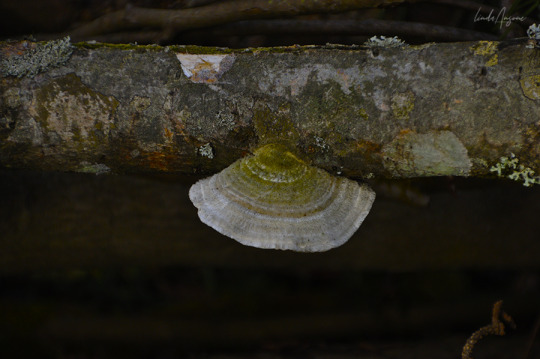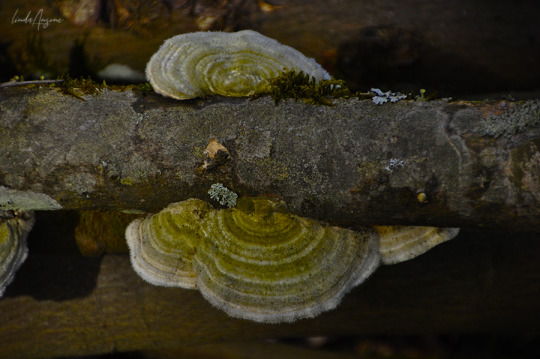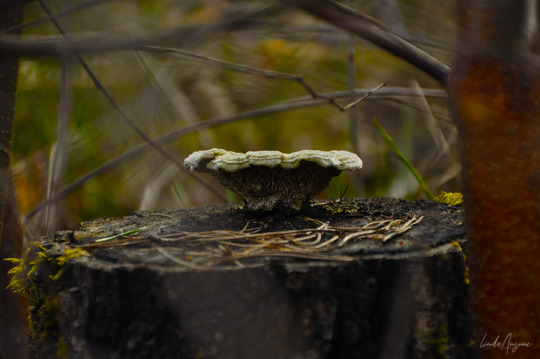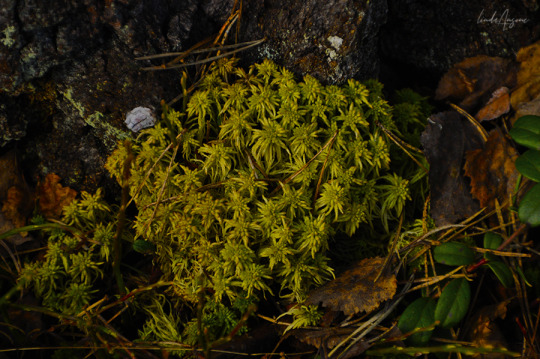#lenzites betulina
Text
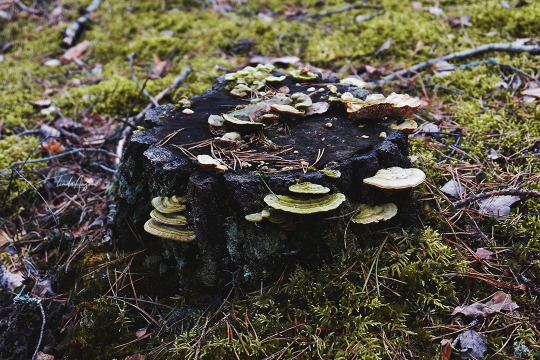
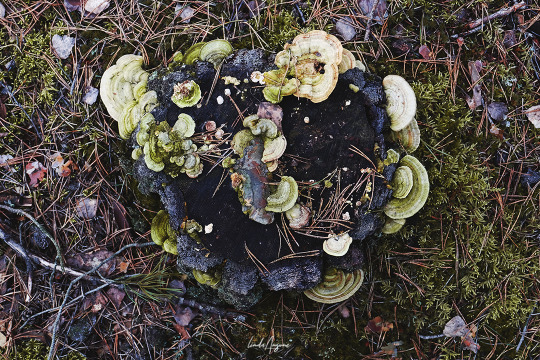
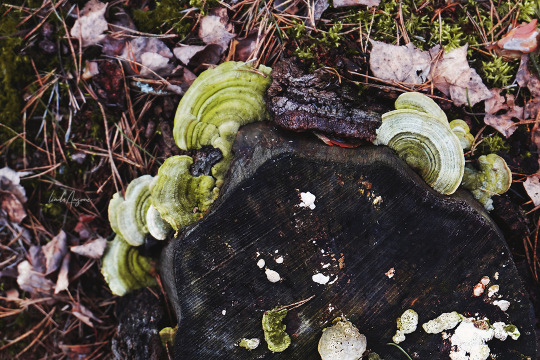

Lenzites betulina, covered in green algae.
#lenzites betulina#gilled polypore#mushrooms#fungi#mushroom photography#mycology#forest floor#forestcore#naturecore#woods#nature photography#original photographers#photographers on tumblr
470 notes
·
View notes
Text
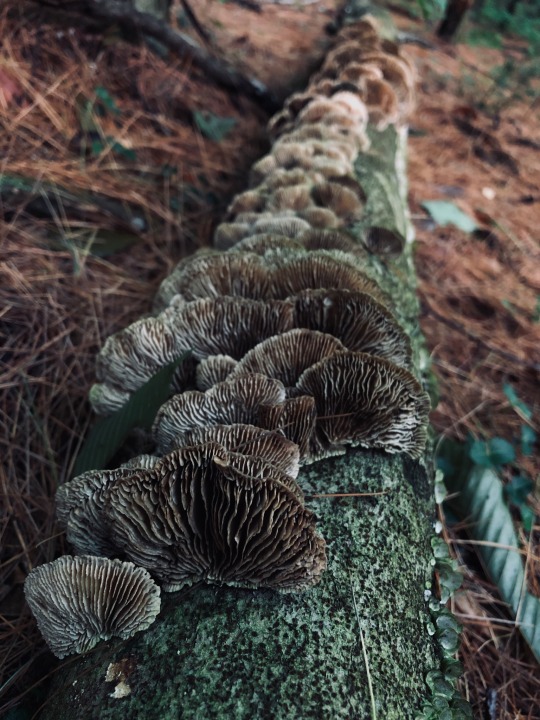
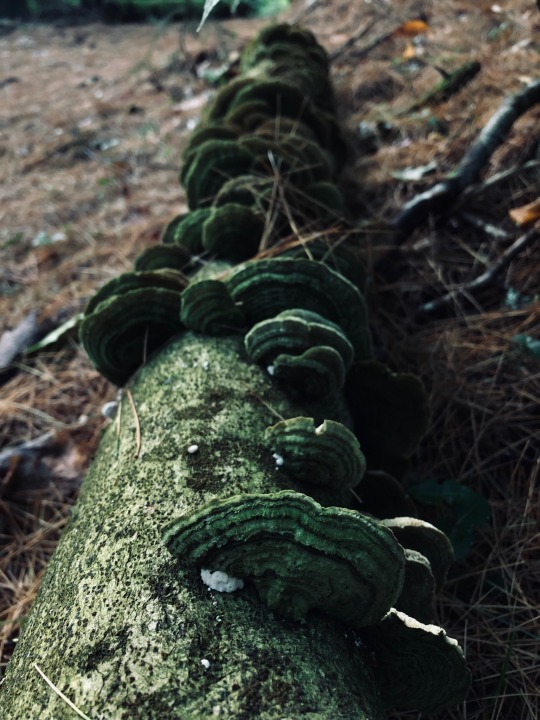
Birch Mazegill | Lenzites betulina
#mushrooms#mycology#fungi#forestcore#sporecore#Birch Mazegill#Lenzites betulina#eye on the forest floor
240 notes
·
View notes
Text
How to Identify Turkey Tail Mushrooms
Click here to learn more about the How to Identify article series.
Name: Turkey Tail Mushroom (Trametes versicolor, syn. Coriolus versicolor and Polyporus versicolor)
Range and typical habitat(s): Commonly found throughout North America, but found in varying amounts on all continents except Antarctica

Distinguishing physical characteristics (size, colors, overall shapes, detail shapes): Turkey tail is one of a number of small, shelf-shaped mushrooms that grow on decaying wood. Most specimens are only a couple of inches across, though remarkable examples may reach eight inches across. The cap lacks a stipe (stem), and is often semicircular in shape with a ruffled edge. Like a turkey’s tail, it has several concentric bands of color, usually various shades of brown, and the center being darkest, though individual coloration may vary. Some bands may acquire a greenish tint if algae grows on them. The outermost band, which is actively growing, is white. Close examination may reveal very fine hairs on some parts of the cap. The hymenophore on the underside has very tiny pores and is usually white to pale brown.
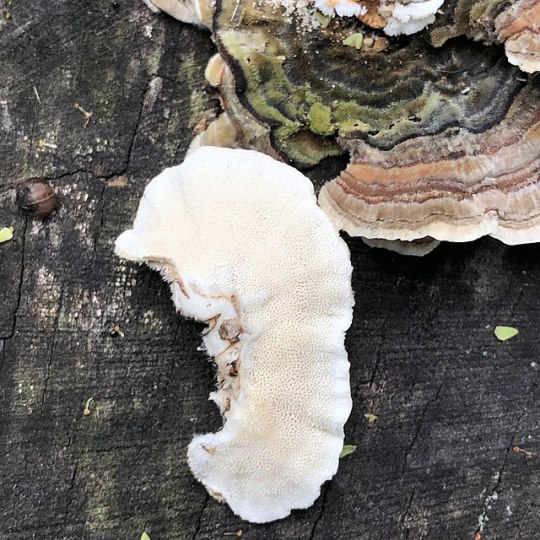
The pored white underside of the turkey tail mushroom.
Turkey tail usually grows in big, layered clusters; some particularly large flushes may have hundreds of individual mushrooms. It only grows on the dead wood of deciduous trees. As it decays the lignin (and, to a lesser degree, cellulose) in the wood, it is included among the white-rot fungi. While many mushrooms only last a few days to a couple of weeks, turkey tails may persist for months.

Other organisms it could be confused with and how to tell the difference: There are several shelf-like mushrooms that are quite similar to turkey tail. Let’s look at a few of the more common ones.
False turkey tail (Stereum ostrea) at first glance looks very similar, with its varied rings of brown and pale outer edge. However, a look at the underside reveals a smooth surface rather than the pores of true turkey tail. It also tends to be more reddish in tone and lighter overall, lacking the dark center often seen in turkey tail.

Note the smooth surface on the pale underside of the false turkey tail mushroom. By JSmall, CCA-4.0
The gilled polypore (Trametes betulina, formerly Lenzites betulina) looks rather like an old, pale, washed-out turkey tail. As its common name suggests, though, it has gills instead of pores underneath the cap.

Note the gills on the underside rather than the turkey tail’s pores. By Wilhelm Zimmerling PAR, CCA-SA-4.0
There are other Trametes species that do have pores like turkey tail does; ochre bracket (Trametes ochracea) is one example. In this case, careful examination of the coloration of prime specimens will reveal paler colors on average.
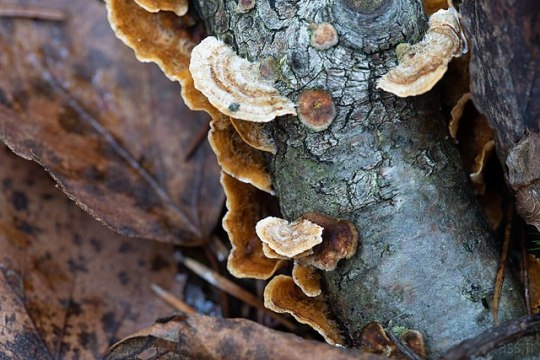
Note how much paler these T. ochracea are.
Splitgill mushrooms (Schizophylum commune) may superficially look like turkey tails at first glance, but upon examination the more uniformly pale upper cap and deeply grooved gills underneath give it away as another species entirely.

White splitgill mushrooms showing their namesake.
Splitgill mushrooms (Schizophylum commune) may superficially look like turkey tails at first glance, but upon examination the more uniformly pale upper cap and deeply grooved gills underneath give it away as another species entirely.
Anything else worth mentioning? While turkey tail mushrooms are not generally considered to be edible, they may be an organic substitute for chewing gum. They also have purported medicinal value. Japan allows its compound, Polysaccharide-K, as a supplementary treatment for cancer; it is also taken as a dietary supplement elsewhere. Studies regarding PSK’s efficacy in treating cancer, immune deficiencies, or other ailments are contradictory at best. While long-term use does not seem to have any particularly toxic effects, it is not recommended for pregnant people, and taking turkey tail can cause darkened stool and fingernails, and diarrhea.
As with any supplement that has not received FDA approval, caution is advised, as is speaking with your physician prior to use. The fad associated with recent Western use often skirts the line of pseudoscience, and most of the websites I found about this species were people selling it while exaggerating potential effects regarding things like gut health and general immune responses. While turkey tail is a common mushroom, overharvesting in an area can reduce the availability of spores and potentially hinder the fungus’ reproduction there.
Further reading:
Mushroom Expert: Trametes versicolor
MDC Field Guide: Turkey Tail
Midwest Mycology: Trametes versicolor
Encyclopedia of Life: Turkey Tail
Did you enjoy this post? Consider taking one of my online foraging and natural history classes or hiring me for a guided nature tour, checking out my other articles, or picking up a paperback or ebook I’ve written! You can even buy me a coffee here!
#turkey tail#turkey tail mushrooms#mushroom identification#mushrooms#shrooms#mushroom hunting#mushroom foraging#foraging#nature#outdoors#fungus#fungi#herbalism#pseudoscience#caveat emptor#mycology
53 notes
·
View notes
Photo

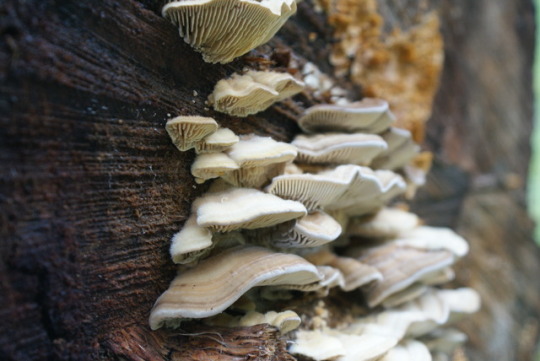
Gilled Polypores
552 notes
·
View notes
Video
Lenzites betulina? by Chaerea
Via Flickr:
I should have checked the underside....
34 notes
·
View notes
Photo

Lenzites betulina: The Gilled Polypore Thought I'd spotted some Turkey Tail Fungi aka Trametes versicolor but alas....it turned out to be a fascinating imposter (swipe left and check out the gills) . . #blacksmith #fungi #polypore #lenzitesbetulina #gilledpolypore #convergentevolution #turkeytailmushroom #hickorynutgorge #forage #faerie #maker (at Gerton Helipad) https://www.instagram.com/p/BtyNm-_DGsb/?utm_source=ig_tumblr_share&igshid=y9wxm4xs8hmi
#blacksmith#fungi#polypore#lenzitesbetulina#gilledpolypore#convergentevolution#turkeytailmushroom#hickorynutgorge#forage#faerie#maker
9 notes
·
View notes
Photo
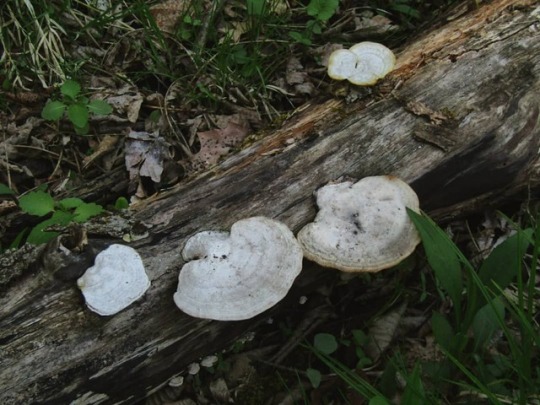
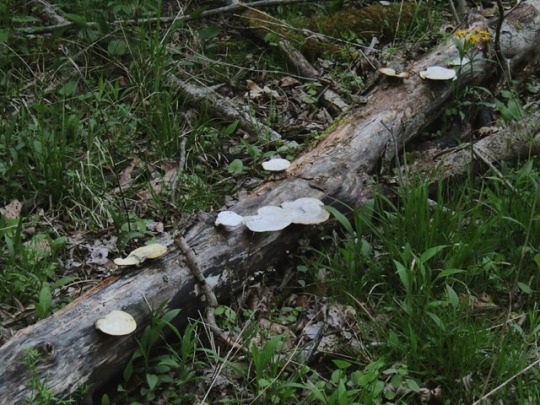
Lenzites betulina 🍃
#fungi#grandmacore#plants#adventure#art#happy#vintage#botanical#mine#aesthetic#pale#cute#positivity#nature#photoshoot#wicca
14 notes
·
View notes
Text
Studies on decolorization and xylanase production on sawdust liquid extract and studies on biobleaching activity by white rot fungi
The efficiency of three white rot fungi Trametes versicolor, Lenzites betulina and Polyporus elegans in bringing about decolorization and enhancement of xylanase production was studied using sawdust liquid extract, a crude source of xylan at two different concentrations of 12% and 20%. The selected cultures were proved to be efficient in both decolorization of xylan and production of xylanases. A clear linear correlation between the enzyme production and decolorization was observed. The decolorization percentage increased with increase in enzyme production from 6th to 12th days of incubation. Trametes versicolor showed maximum decolorization and enzyme production at both the concentrations.
0 notes
Photo
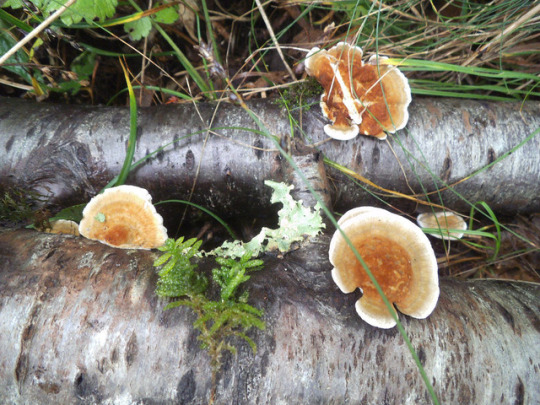
Lenzites betulina by juanjosetas https://flic.kr/p/Hamt7G
0 notes
Text


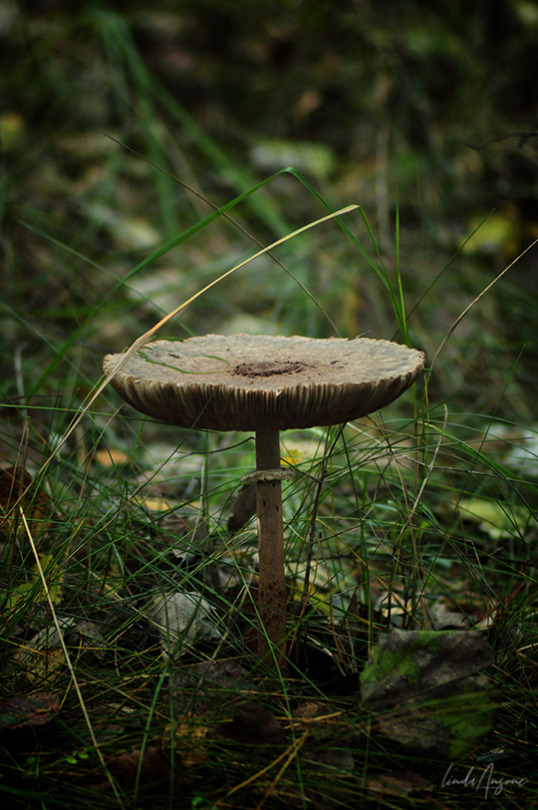

#mushrooms#fungi#mycology#forest floor#forestcore#naturecore#nature photography#lenzites betulina#macrolepiota procera#trametes#mushroom photography#original photographers#photographers on tumblr
520 notes
·
View notes
Photo
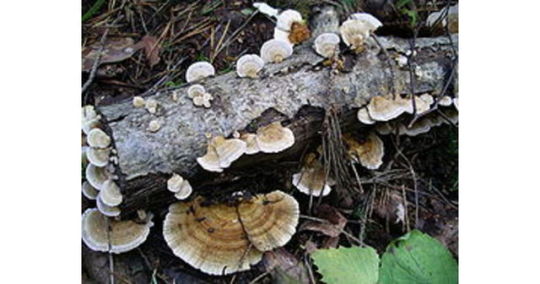
Lenzites betulina
Lenzites betulina, sometimes known by common names gilled polypore, birch mazegill or multicolor gill polypore, is a species of fungus. Although it is a member of the Polyporales order, its fruiting bodies have gills instead of pores, which distinguishes it from the superficially similar Trametes versicolor or Trametes hirsutum. Research has shown that it has several medicinal properties, including antioxidant, antimicrobial, antitumor, and immunosuppressive activities.
More details Android, Windows
0 notes
Photo

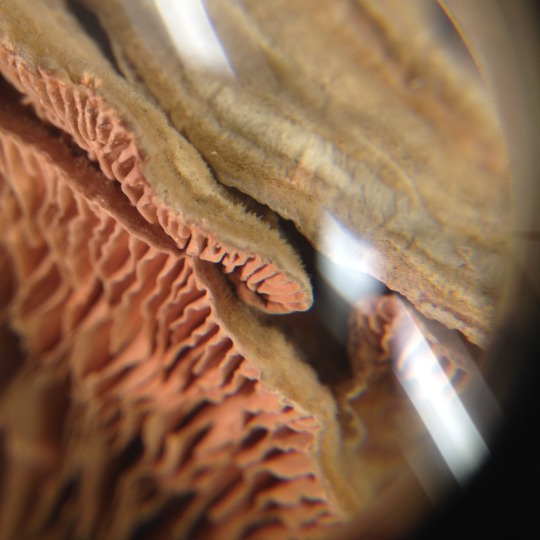
#535
Lenzites betulina (multicolor gill polypore)
polypore
0 notes
Photo
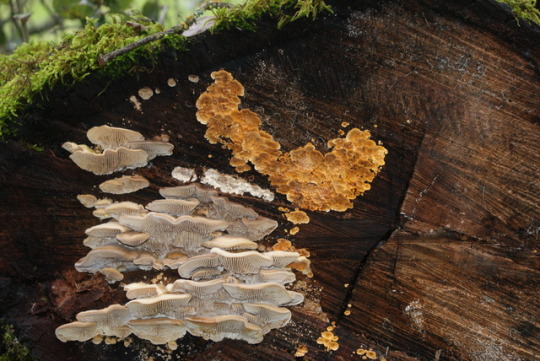
Lenzites betulina
30 notes
·
View notes
Photo
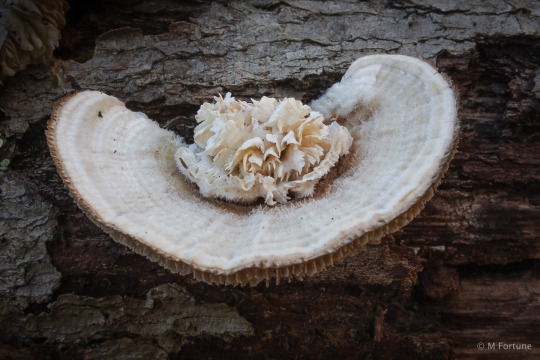
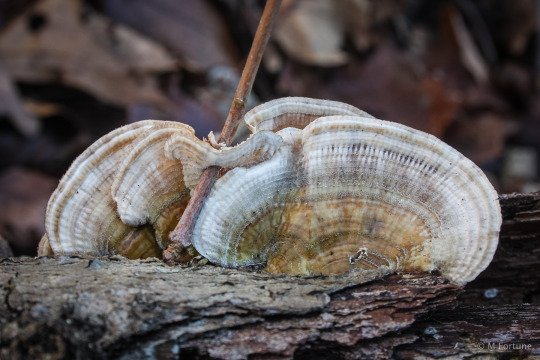

Multicolor Gill Polypore (Lenzites betulina) • Taken: Jan 19, 2013
#Blue Ridge Parkway#Craven Gap#Lenzites betulina#Multicolor Gill Polypore#North Carolina#abnormal#fungi#fungus#gill#identified#mushroom
1 note
·
View note


